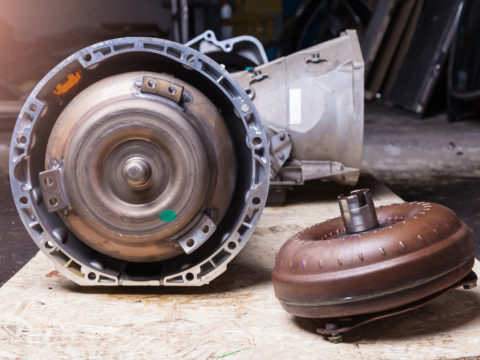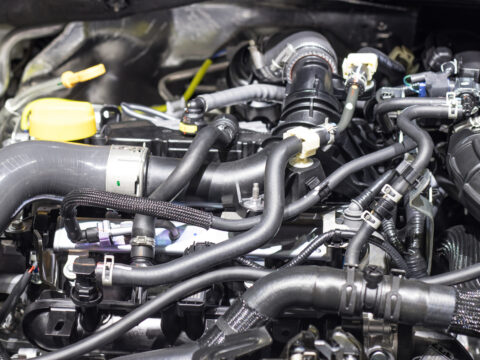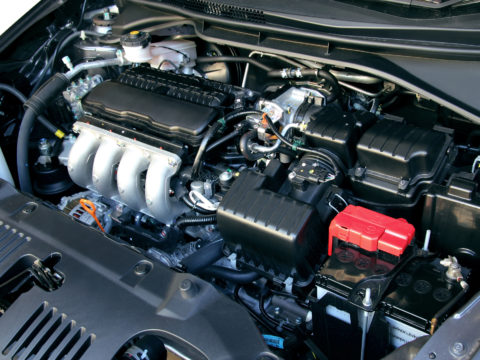When it comes to Ford’s innovative engine technology, the debate between PowerBoost vs. EcoBoost often arises. Both engines offer impressive performance and efficiency, but there are some key differences that set them apart. Let’s compare the PowerBoost and EcoBoost engine technologies to determine which one will best meet your needs.
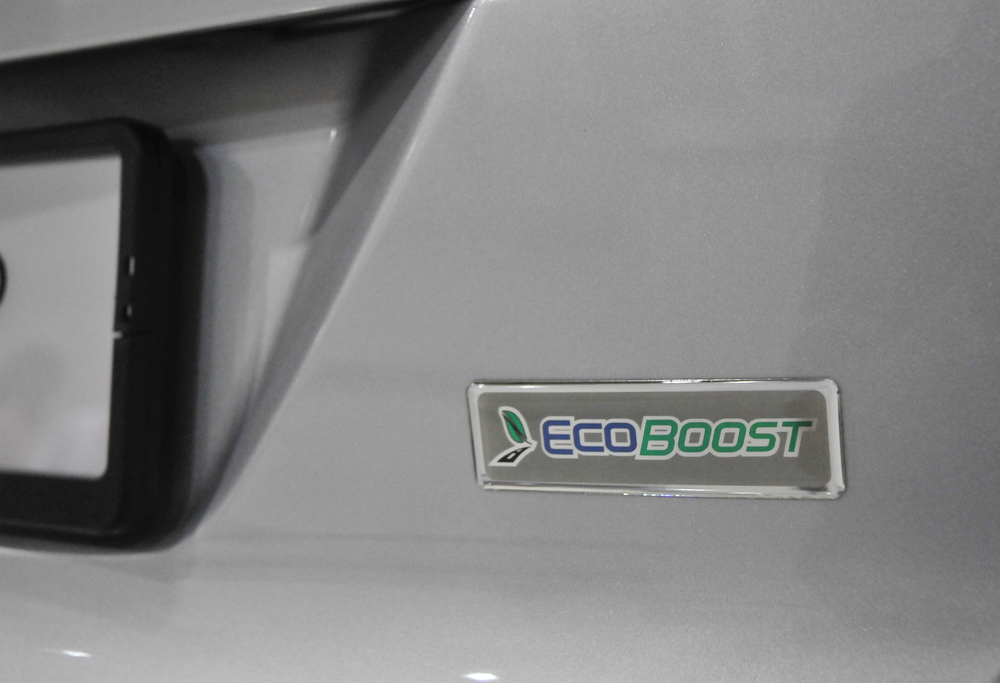
Contents
What Does Ford PowerBoost Mean?
Ford PowerBoost is a hybrid powertrain technology that combines the performance of an internal combustion engine with electric motors to deliver improved fuel efficiency and increased power output. This innovative system can be found in various Ford vehicles, including the popular F-150 pickup truck.
The primary goal of Ford’s PowerBoost technology is to enhance overall vehicle efficiency without sacrificing performance. By combining a powerful EcoBoost gas engine with an efficient electric motor, drivers experience impressive fuel savings and acceleration capabilities.
Ford’s PowerBoost system also offers enhanced towing and payload capacities compared to traditional powertrains. The electric motor provides instant torque, allowing drivers to tow heavier loads with ease. The F-150 PowerBoost can manage up to 12,700 lbs in towing and 2,120 lbs of payload capacity, demonstrating its impressive capabilities.
PowerBoost Technology Components
- EcoBoost Engine: The EcoBoost engine uses turbocharging and direct injection technologies to maximize power output while maintaining excellent fuel economy.
- Electric Motor: An integrated electric motor works alongside the gasoline engine, providing additional torque and horsepower when needed for acceleration or towing tasks.
- Lithium-Ion Battery Pack: A high-capacity lithium-ion battery pack stores energy generated during regenerative braking or from excess engine power.
- Sophisticated Control System: Advanced software manages both the gasoline engine and electric motor seamlessly, ensuring optimal performance under varying driving conditions without any input from the driver.
Ford Ecoboost Hybrid Overview
The Ford EcoBoost hybrid combines Ford’s efficient gasoline engines and electric motor technology to provide improved fuel economy and performance. This advanced powertrain system combines the benefits of both worlds, offering drivers an eco-friendly option without sacrificing power or capability.
The heart of the EcoBoost hybrid system lies in its turbocharged direct injection (TDI) engine; this engine is smaller than traditional engines but still delivers impressive horsepower and torque figures. The result is better fuel efficiency without compromising performance.
In addition to the efficient TDI engine, Ford has integrated an electric motor into the drivetrain to assist with acceleration and cruising at low speeds. The battery pack stores energy generated from regenerative braking, allowing it to be used when needed for extra power or increased efficiency.
By combining the efficiency of an electric motor with the power and performance of a gasoline engine, Ford’s EcoBoost hybrid system offers several advantages, including:
- Increased fuel economy
- Reduced emissions
- Performance boost
- Driving condition versatility
Similarities
Ford’s EcoBoost and PowerBoost engines share some similarities because of their common goal of providing improved fuel efficiency without compromising performance.
Turbocharging Technology
Both EcoBoost and PowerBoost engines utilize turbocharging technology to increase power output while maintaining a smaller engine size. By compressing air and introducing it into the combustion chamber, turbochargers enable engines to generate higher power outputs without increasing their size.
Direct Fuel Injection
The direct fuel injection system delivers precise amounts of fuel directly into each cylinder at high pressure, resulting in better combustion efficiency, reduced emissions, and increased power output.
Focus on Efficiency
The primary objective behind Ford’s development of both the EcoBoost and PowerBoost engines is to improve overall vehicle efficiency without sacrificing performance or capability. Both technologies aim to provide drivers with better fuel economy ratings while still delivering impressive power figures.
Availability Across Multiple Models
Ford offers various versions of its EcoBoost engine across multiple models within its lineup – from compact cars like the Fiesta ST up to larger vehicles such as F-150 trucks.
While the PowerBoost technology is currently exclusive to Ford’s F-150 lineup, it demonstrates Ford’s commitment to expanding its hybrid and electrified powertrain offerings across various models in the future.
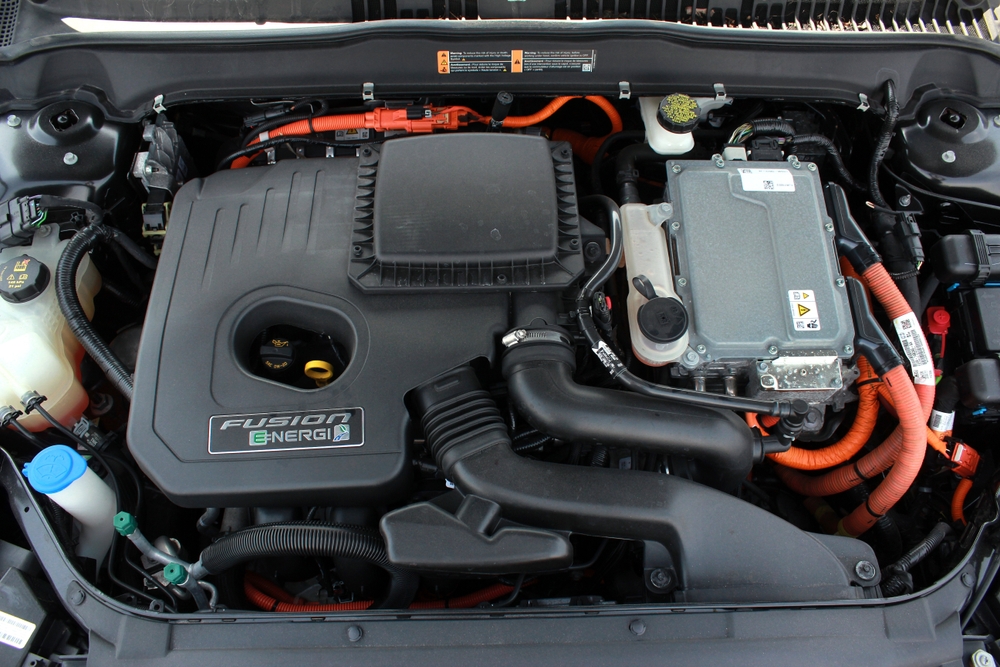
Differences
The EcoBoost and PowerBoost engines both aim to offer enhanced fuel efficiency, performance, and power in Ford vehicles; however, there are several differences between them.
Engine Configuration
The EcoBoost engine is a turbocharged gasoline direct injection (GDI) engine that uses a combination of turbocharging and direct fuel injection to improve efficiency.
The PowerBoost engine is a hybrid system combining an EcoBoost V6 engine with an electric motor for additional power and torque.
This means that while both engines use similar technology, the PowerBoost has added electrification for enhanced performance.
Torque
Torque plays a significant role in determining how much pulling power your vehicle will have. The PowerBoost offers more torque than its EcoBoost counterpart due to its hybrid nature.
Horsepower
Horsepower also varies between these two types of engines as it directly impacts acceleration capabilities. The standard twin-turbo 3.5-liter V6 EcoBoost engine delivers 400 horsepower, while the PowerBoost hybrid system produces a combined output of 430 horsepower.
Engine Capacity
Engine capacity is another factor that differentiates these two engines. The EcoBoost engine comes in various sizes and configurations, ranging from 2.3 liters in the Ford Mustang to 3.0 liters in the Ford Explorer ST.
The PowerBoost hybrid system currently only has one configuration: a 3.5-liter V6 paired with an electric motor.
MPG (Miles Per Gallon) Ratings
Fuel efficiency is where the Powerboost truly shines compared to its non-hybrid counterpart due to its electric assistance during driving conditions like acceleration or towing.
On average, a 2023 F-150 equipped with a standard EcoBoost engine gets around 20 mpg combined city/highway fuel economy rating, while an F-150 fitted with a Powerboost can achieve up to approximately 25 mpg combined.
Maximum Payload
The maximum payload refers to how much weight your vehicle can carry without compromising safety or performance levels.
The maximum payload capacity for a 2023 F-150 with an EcoBoost engine is around 3,250 pounds. In comparison, the Powerboost-equipped model can handle up to approximately 2,120 pounds of payload.
Which Is Better?
The choice between EcoBoost and PowerBoost depends on your specific needs, preferences, and driving habits, as both engines offer advantages to different drivers.
If you’re looking for fuel efficiency and lower emissions, the PowerBoost hybrid is a better option. However, if you prioritize performance and affordability, an EcoBoost engine might be more suitable.
In terms of power and efficiency, the PowerBoost engine provides more torque and horsepower than the EcoBoost engine, making it ideal for those prioritizing performance and towing capabilities.
For those looking for better fuel efficiency, the EcoBoost engine is a better choice due to its turbocharged design emphasizing MPG.

